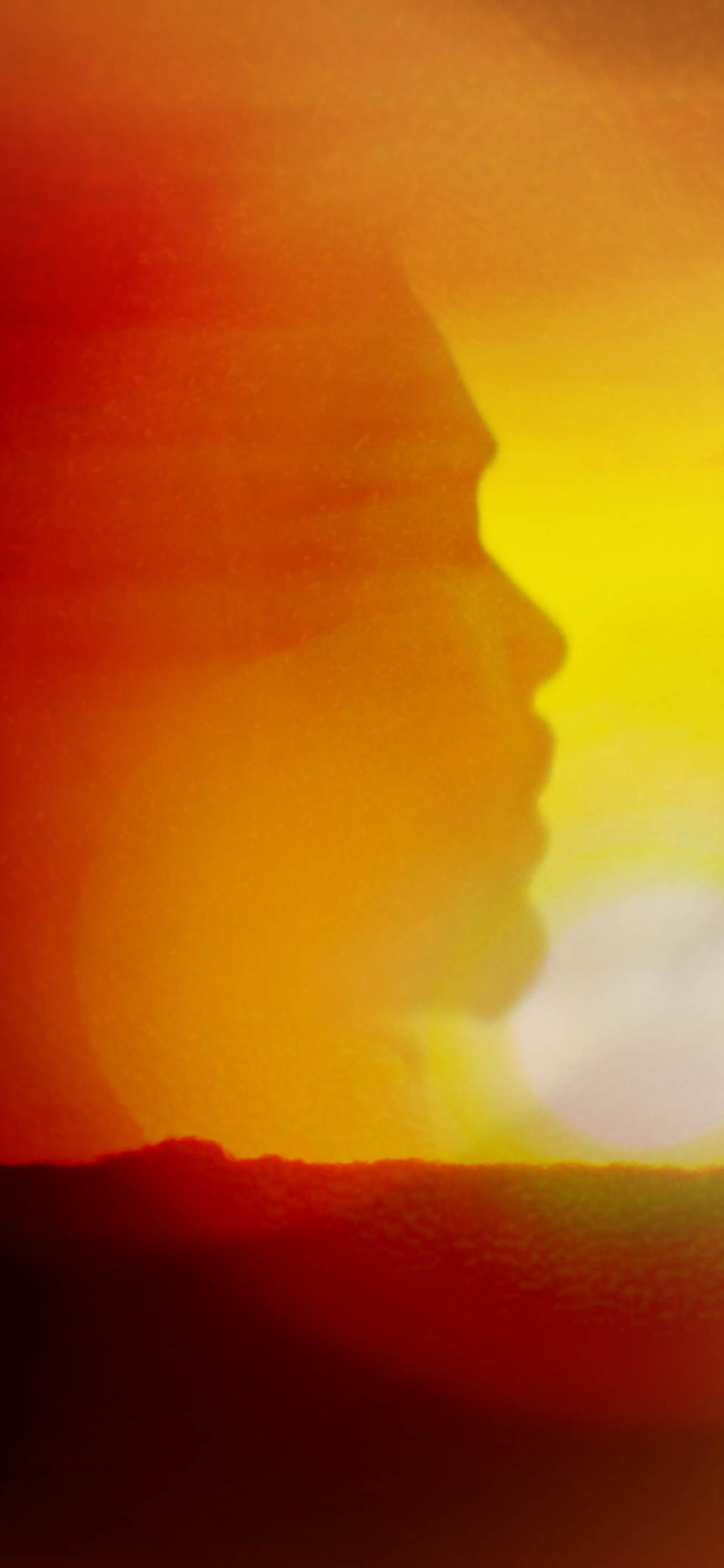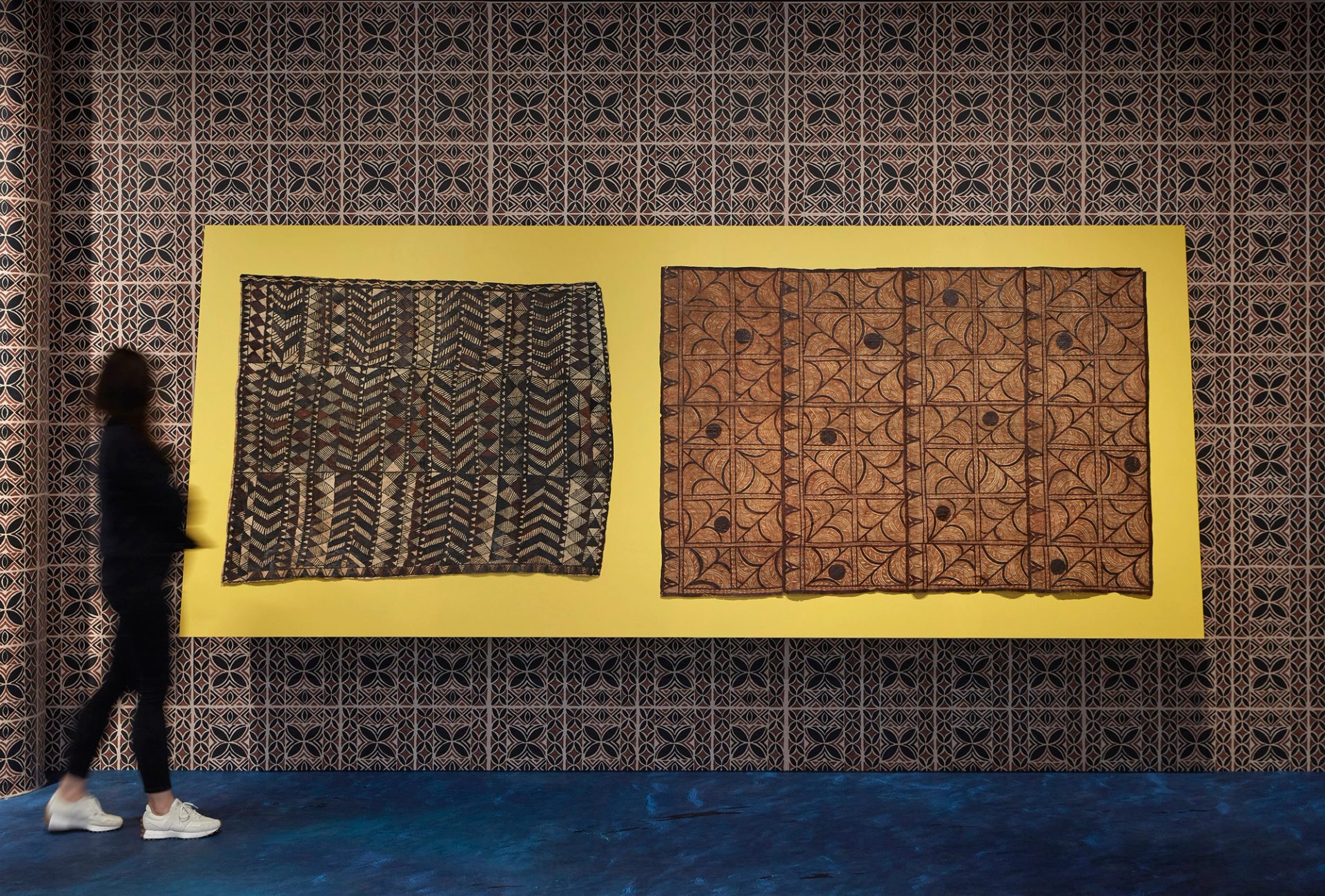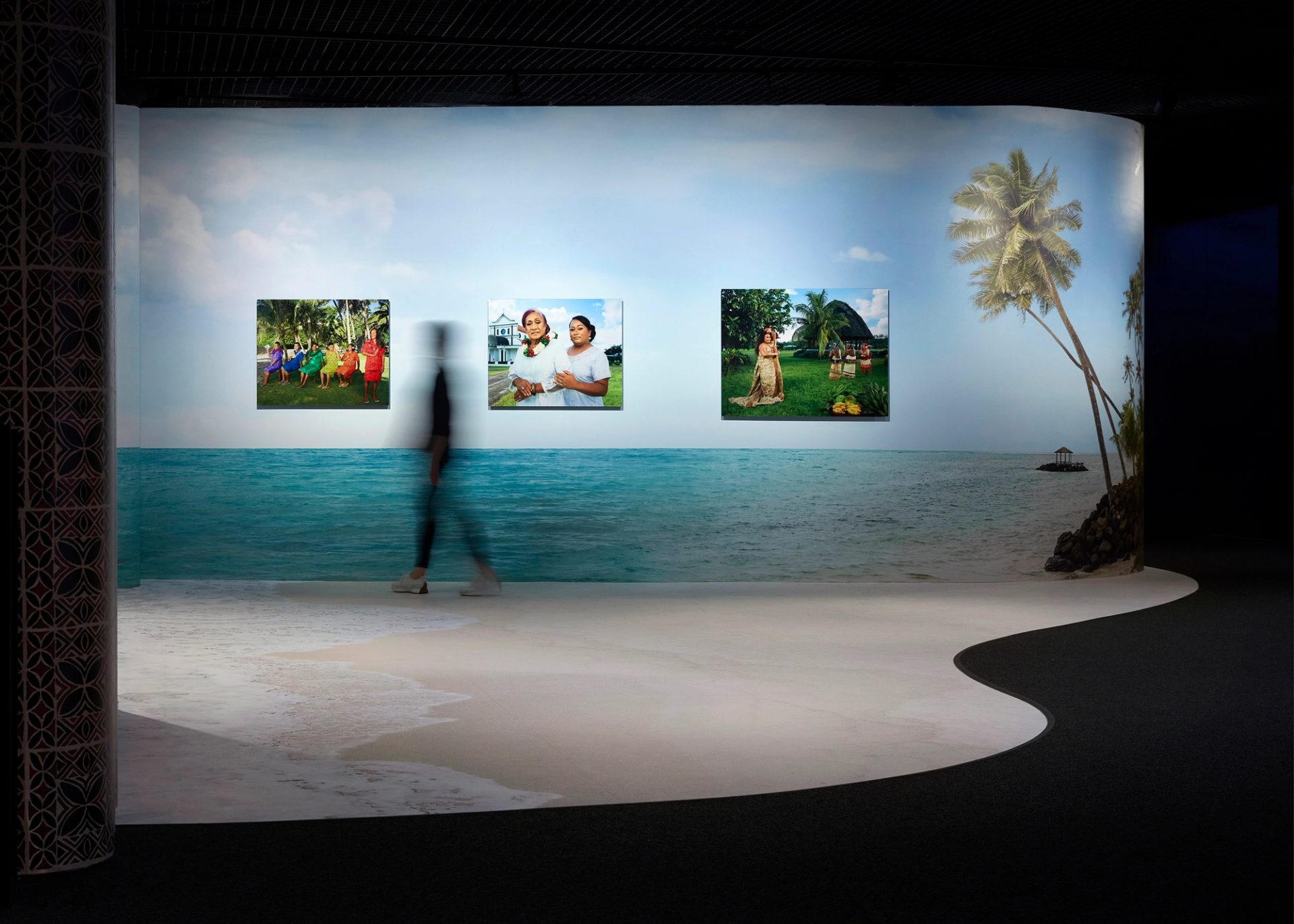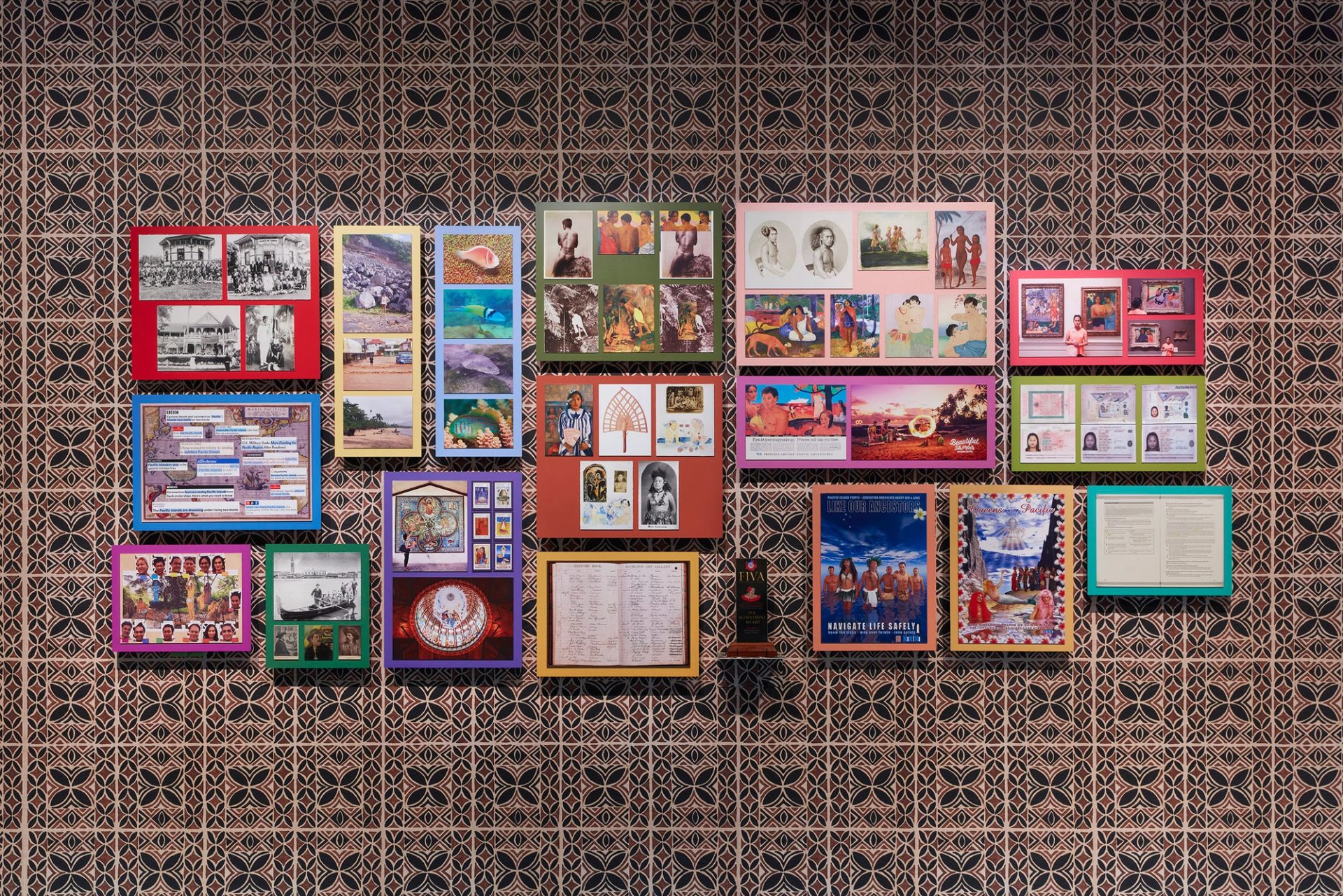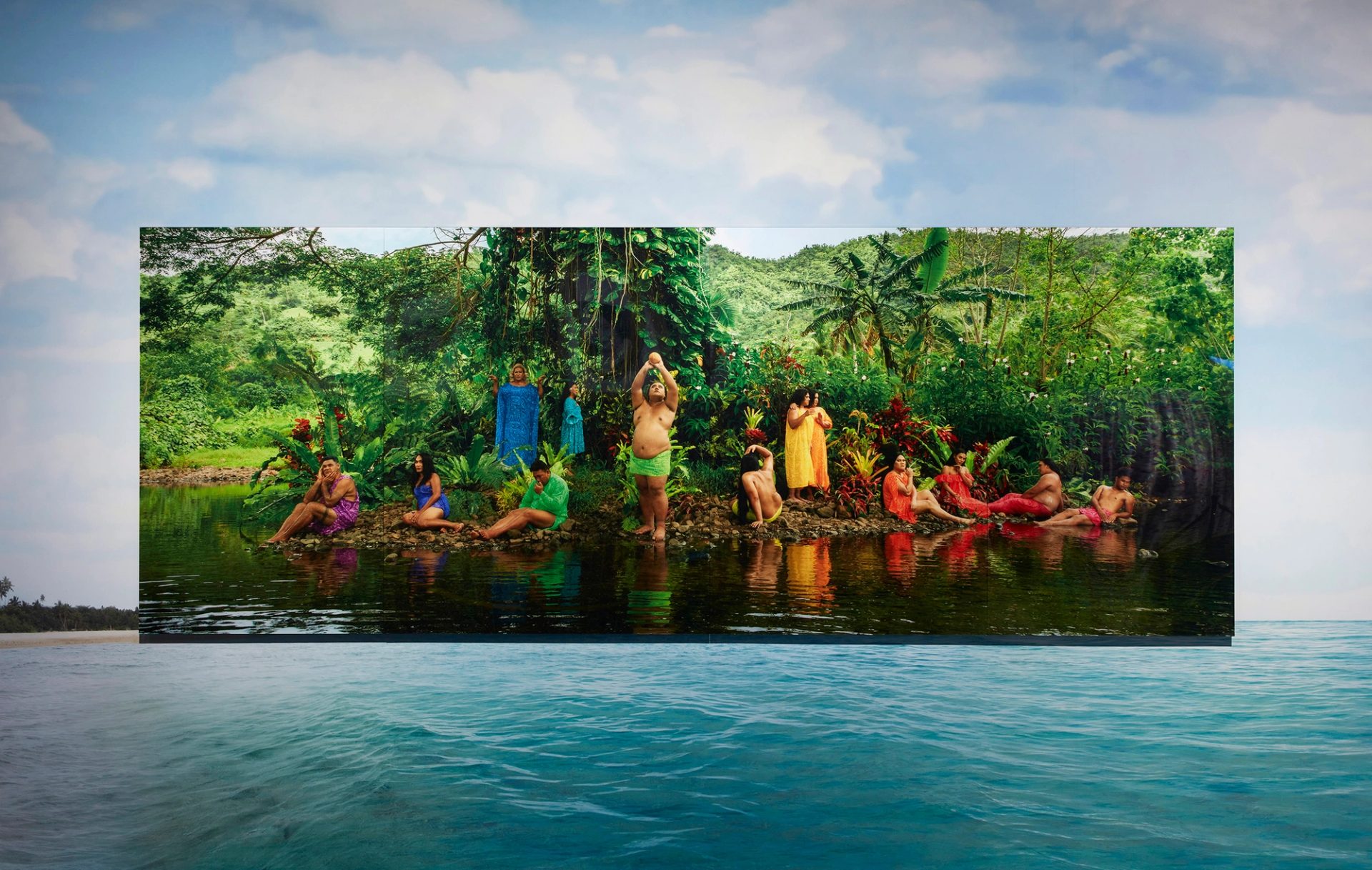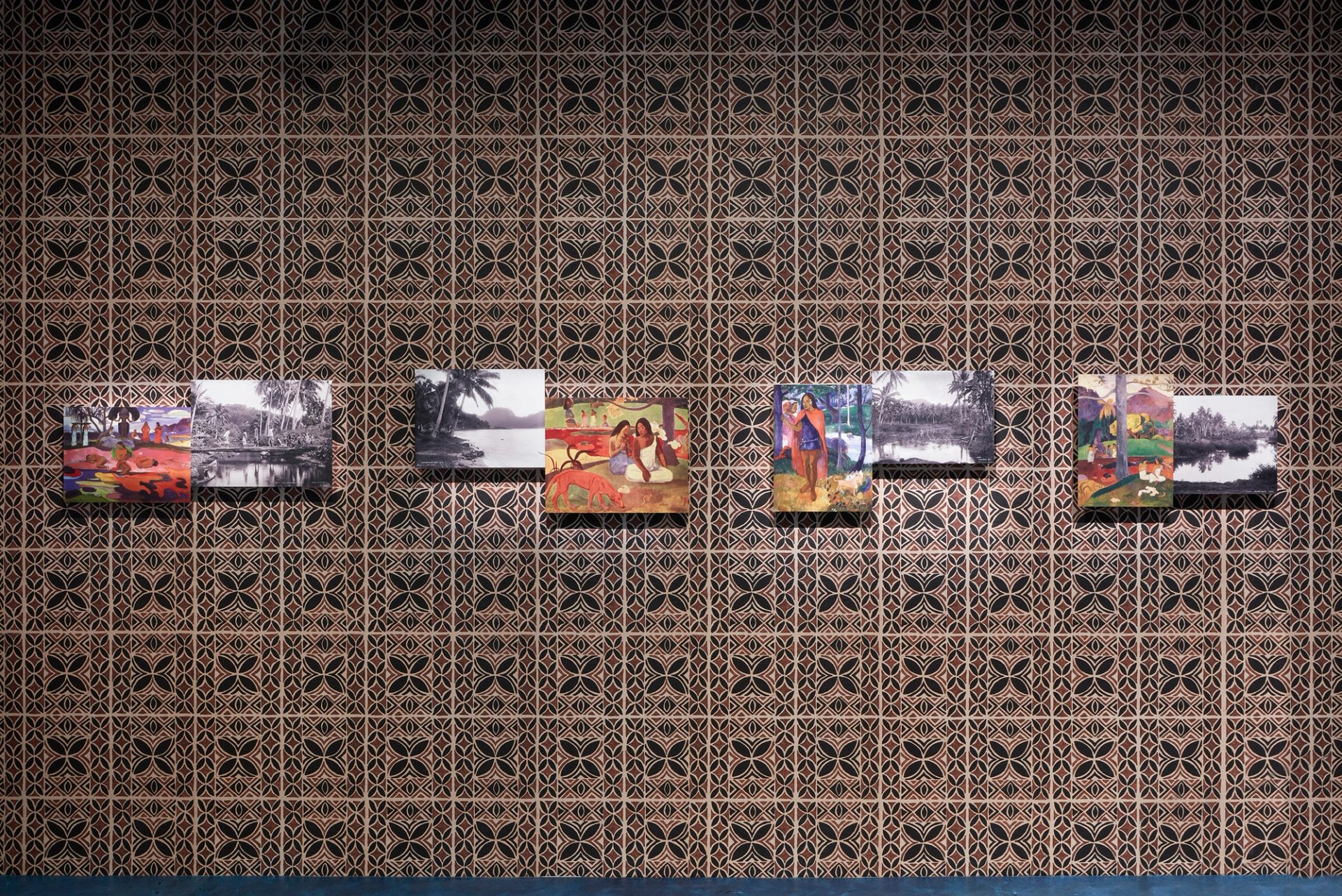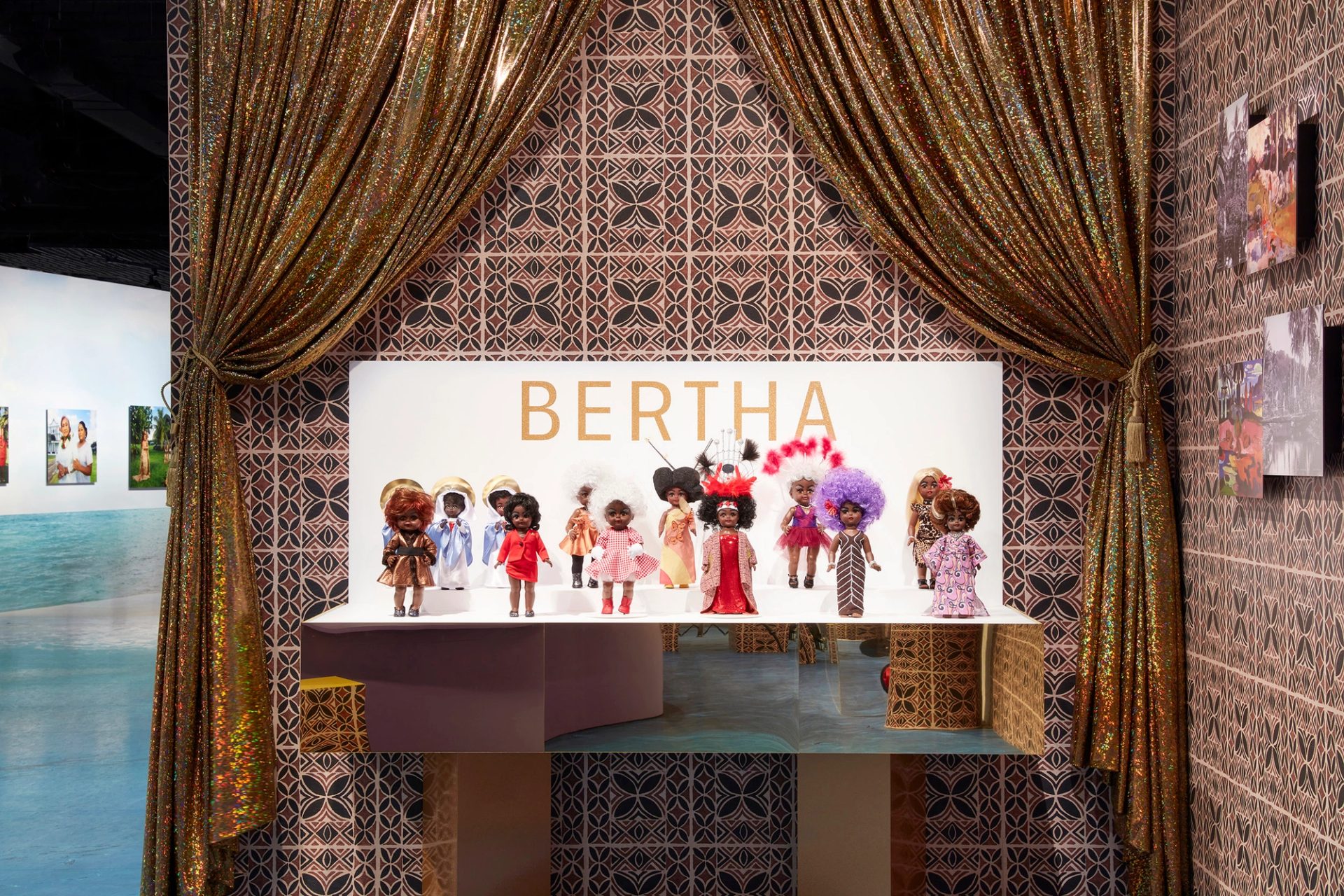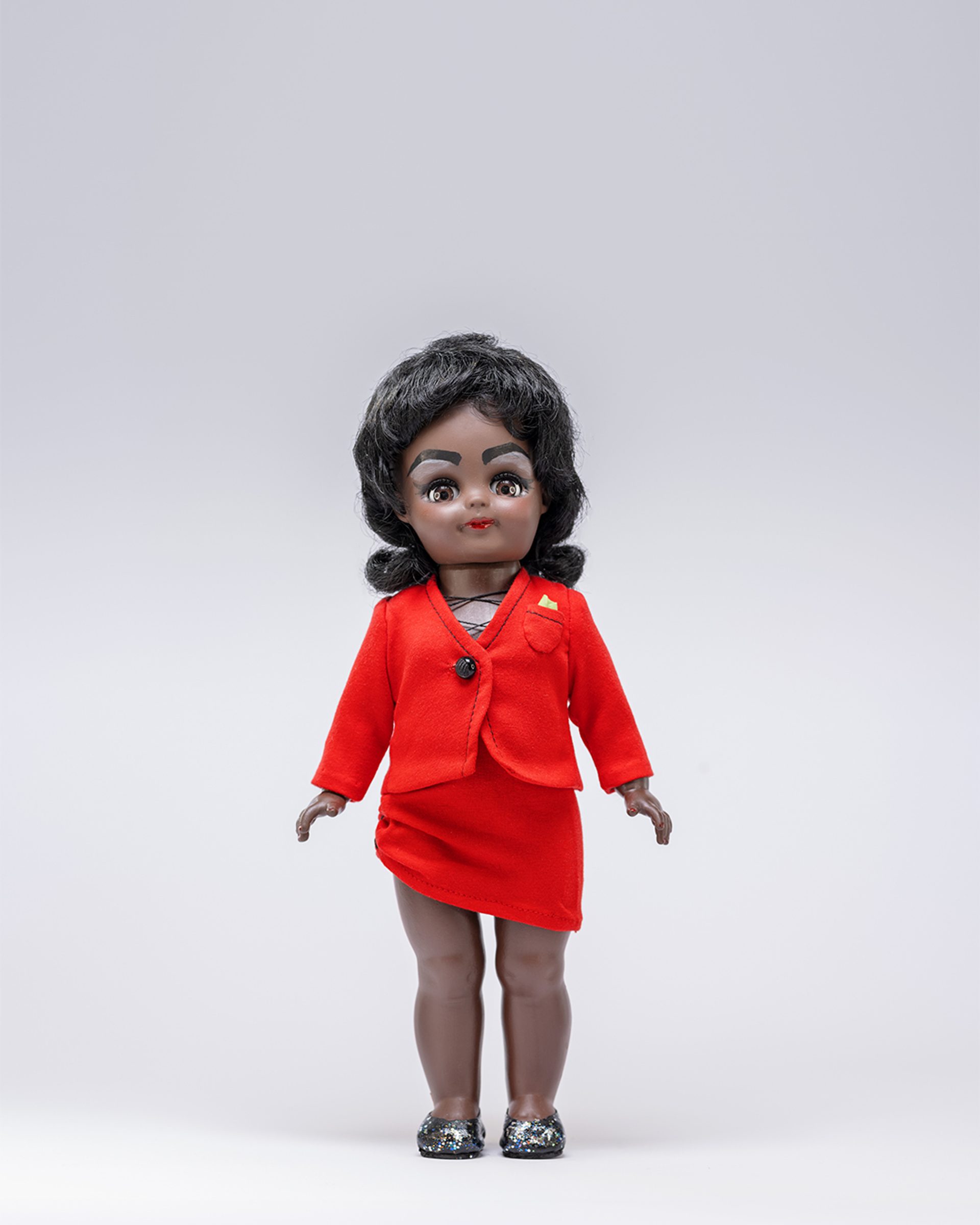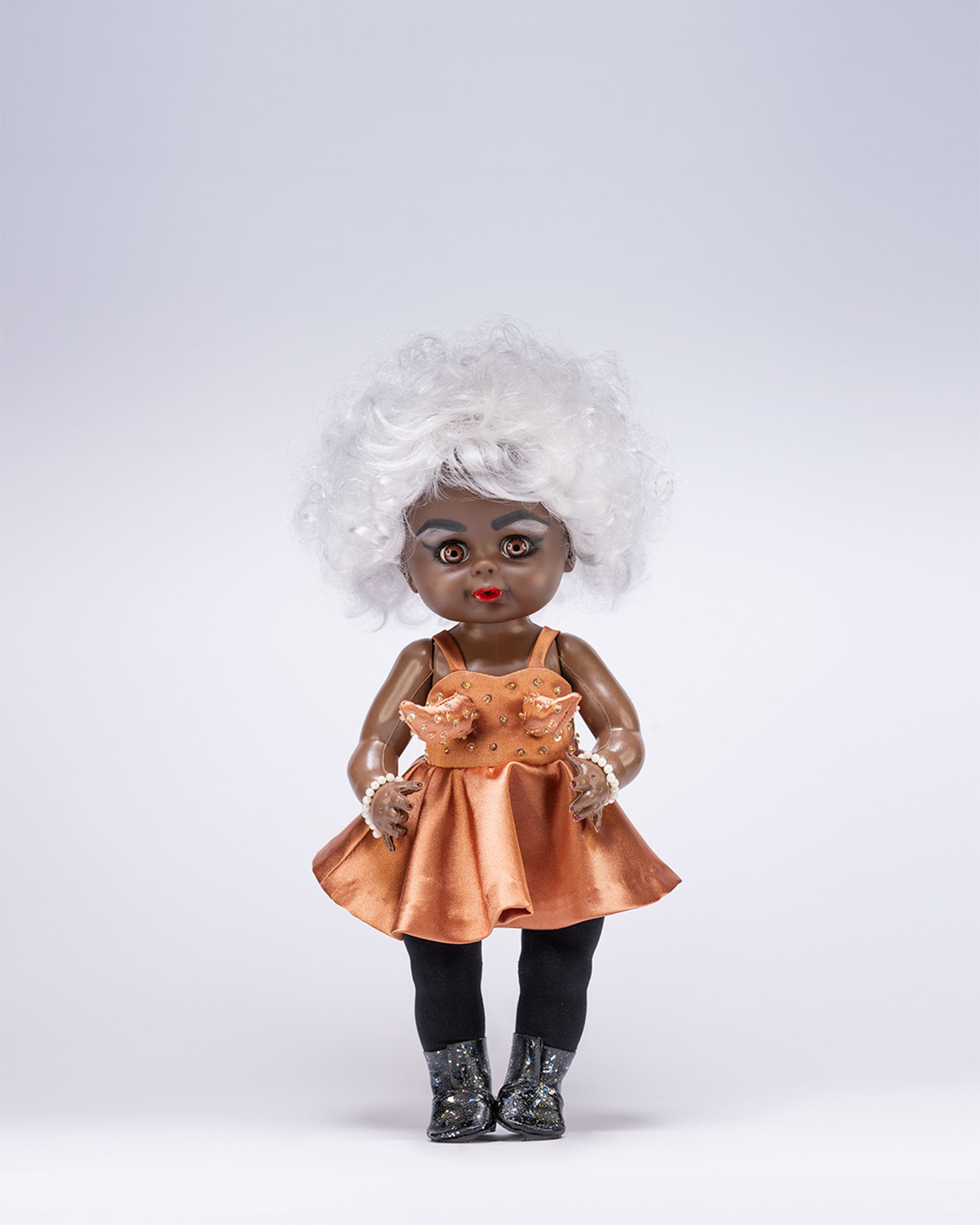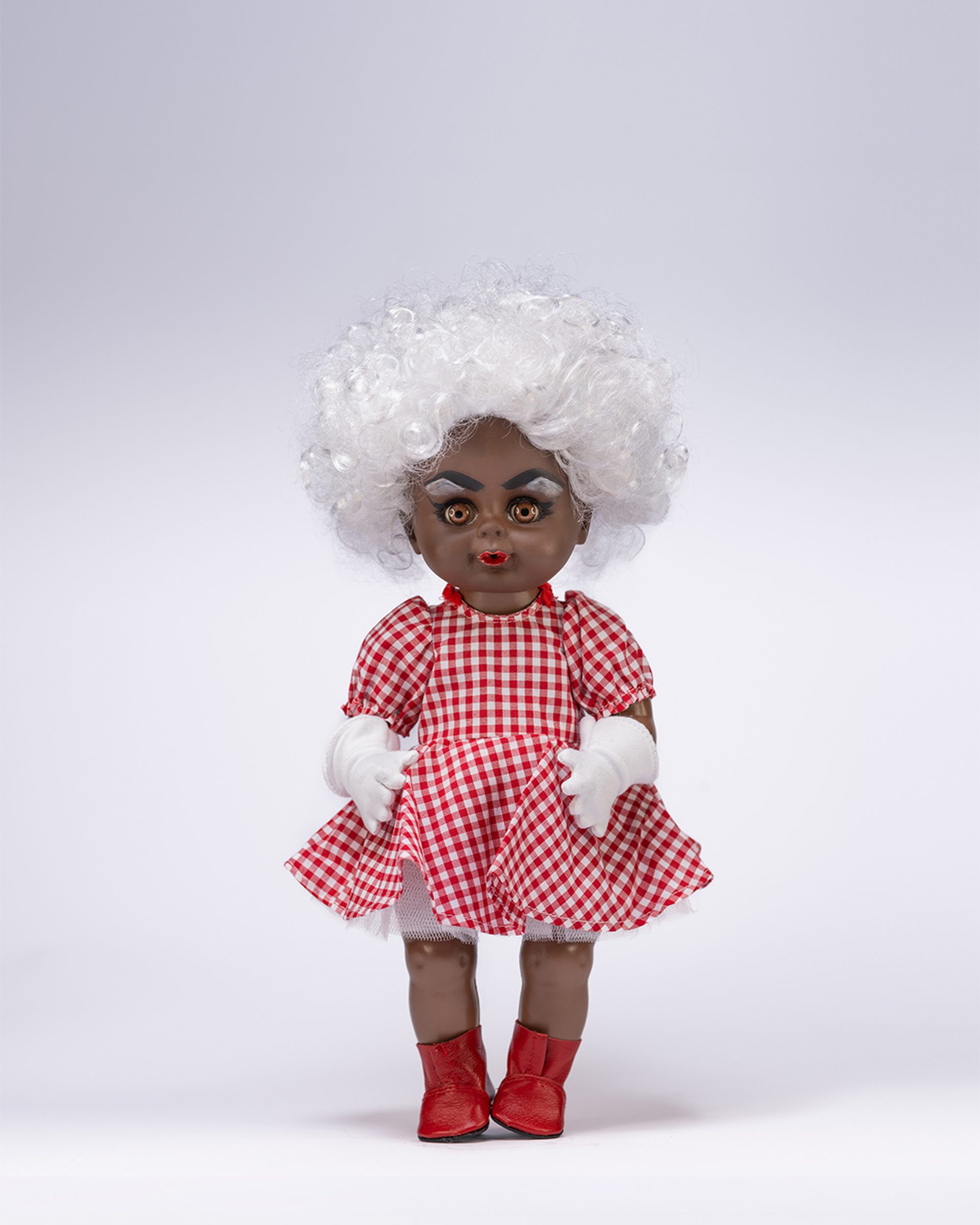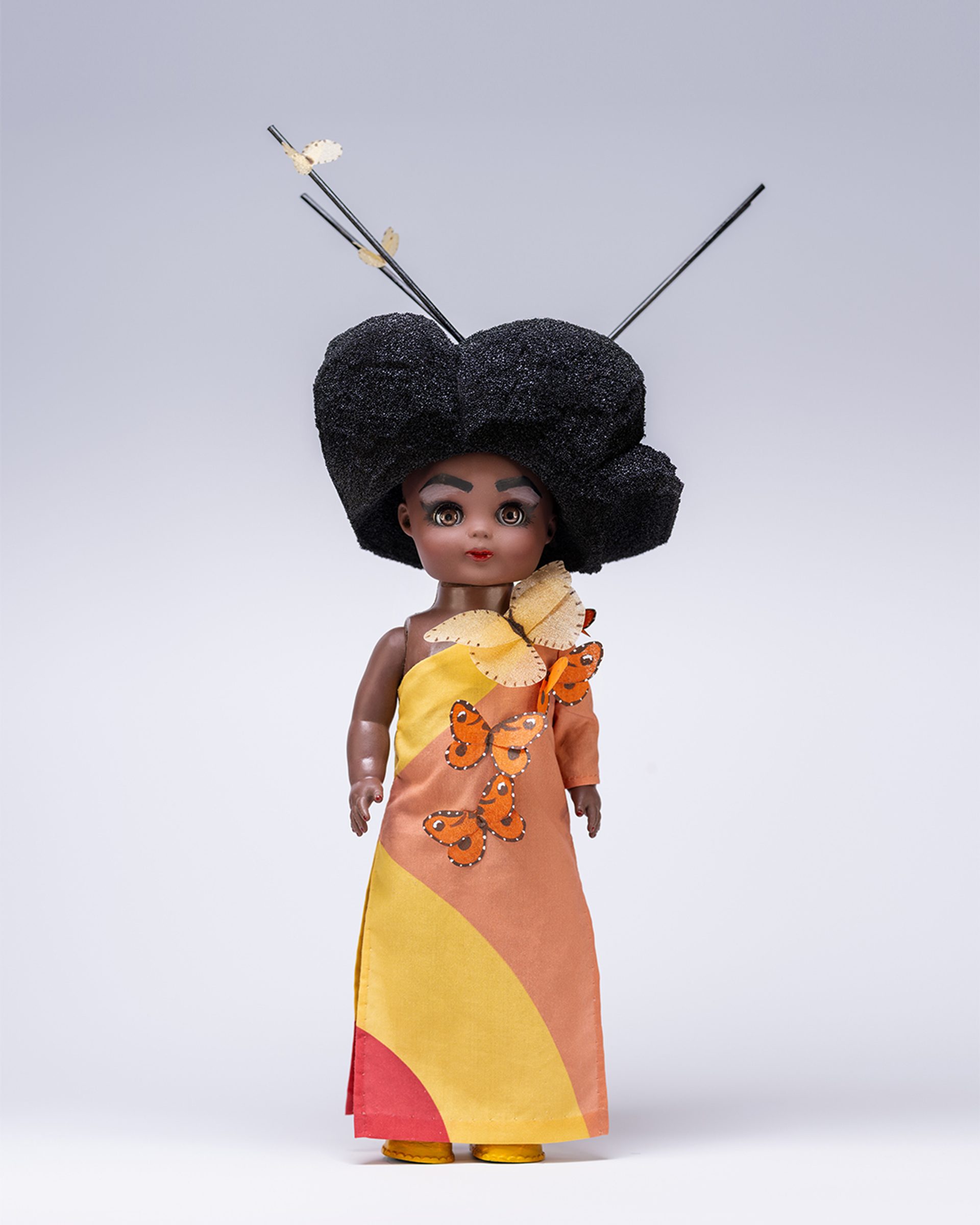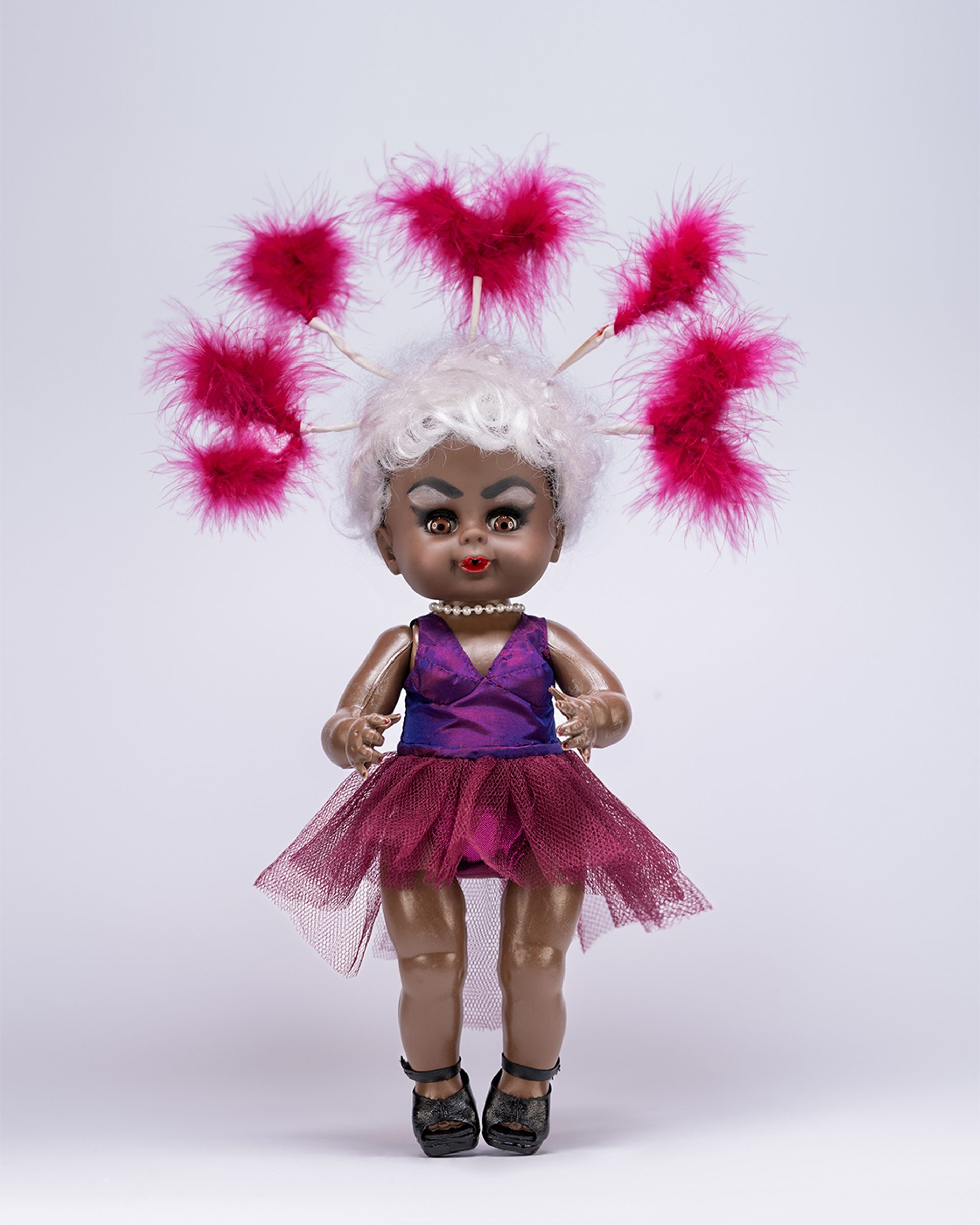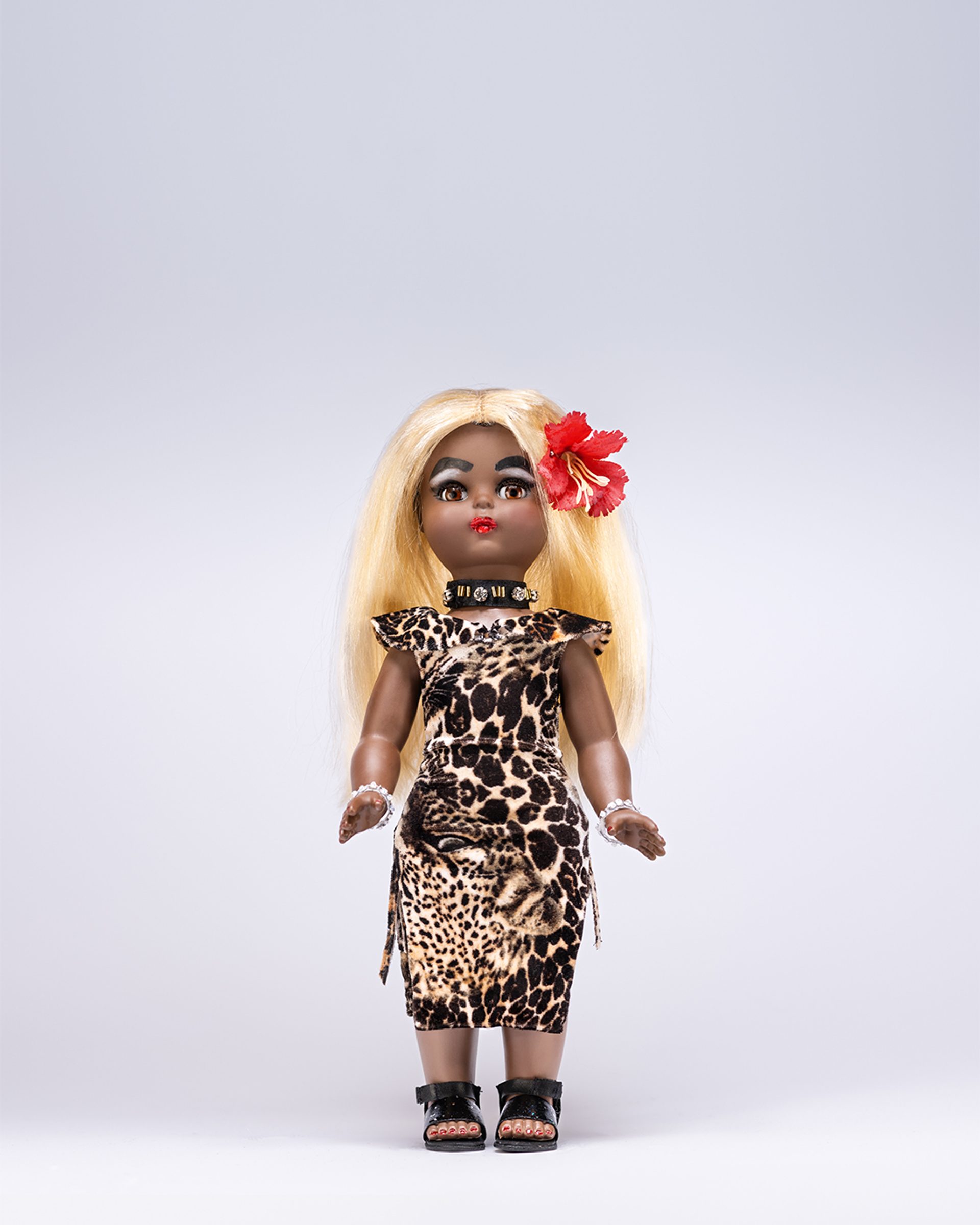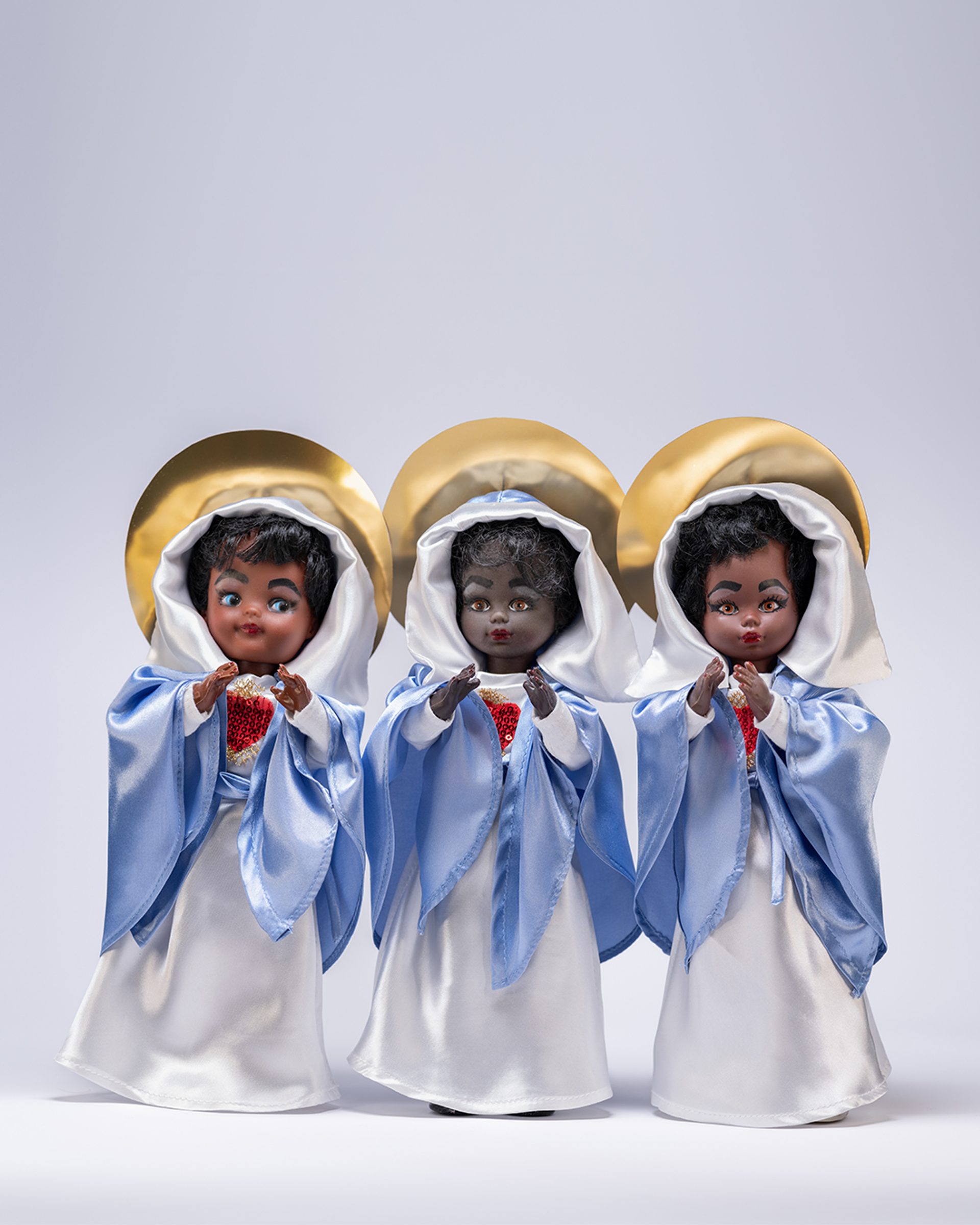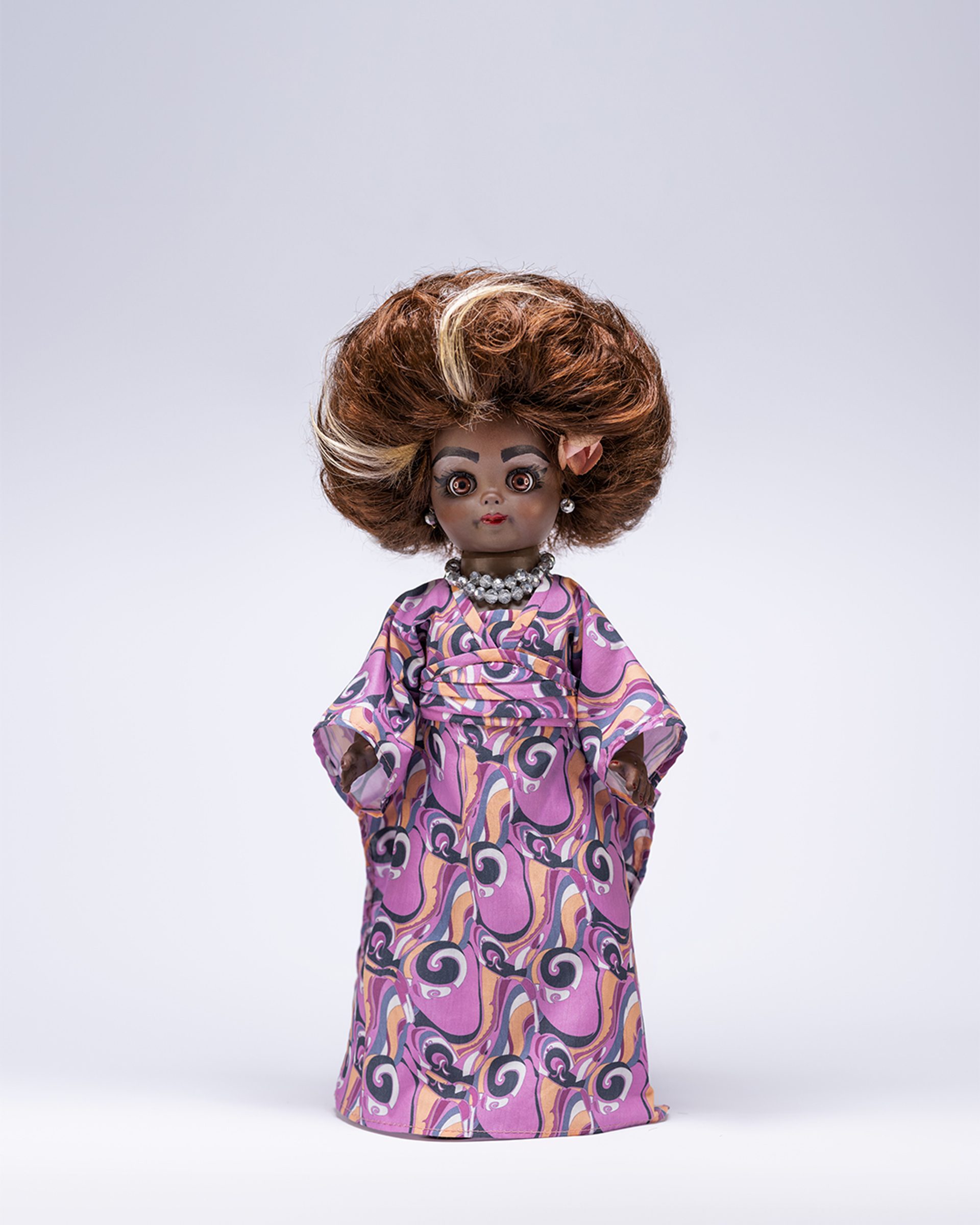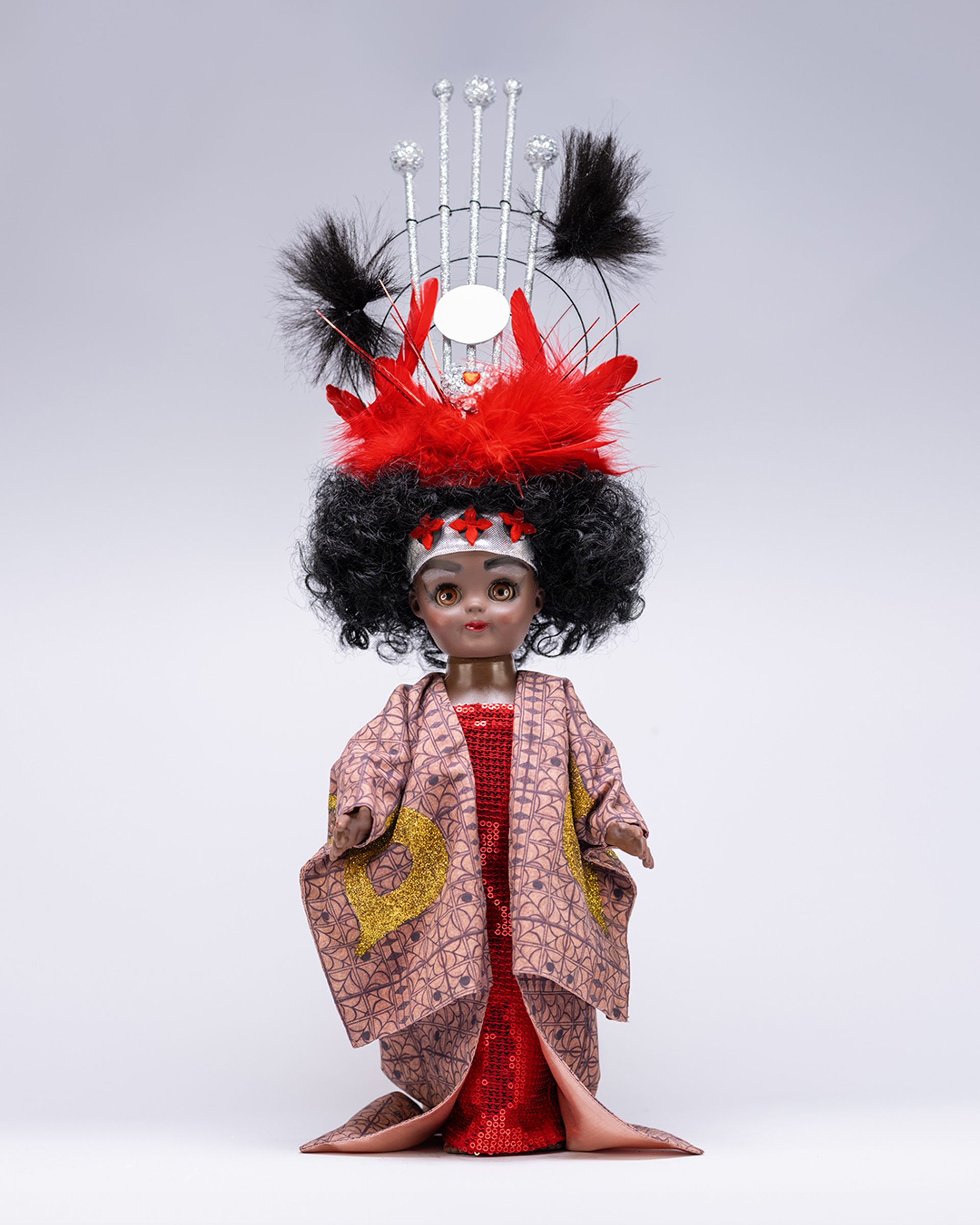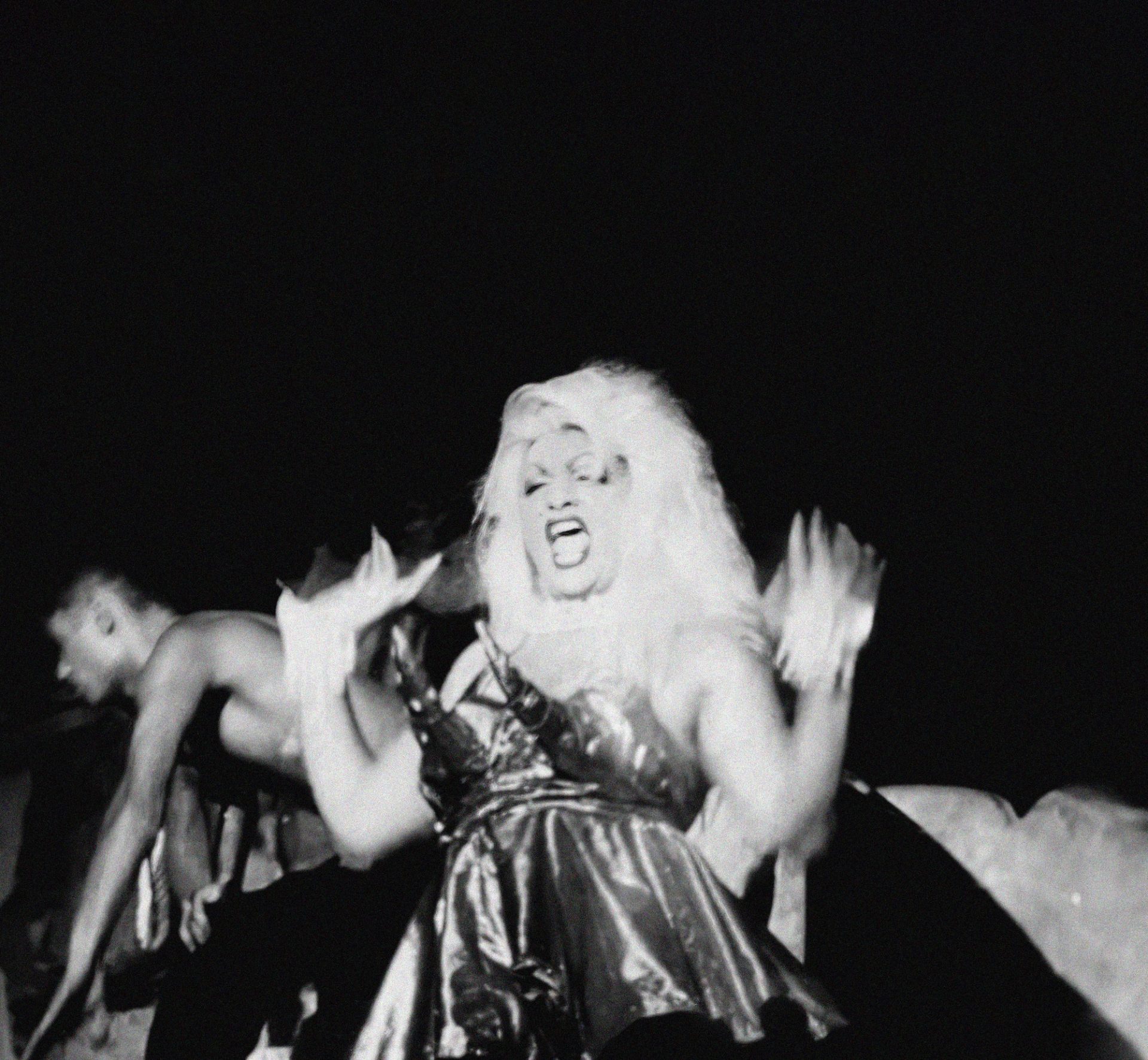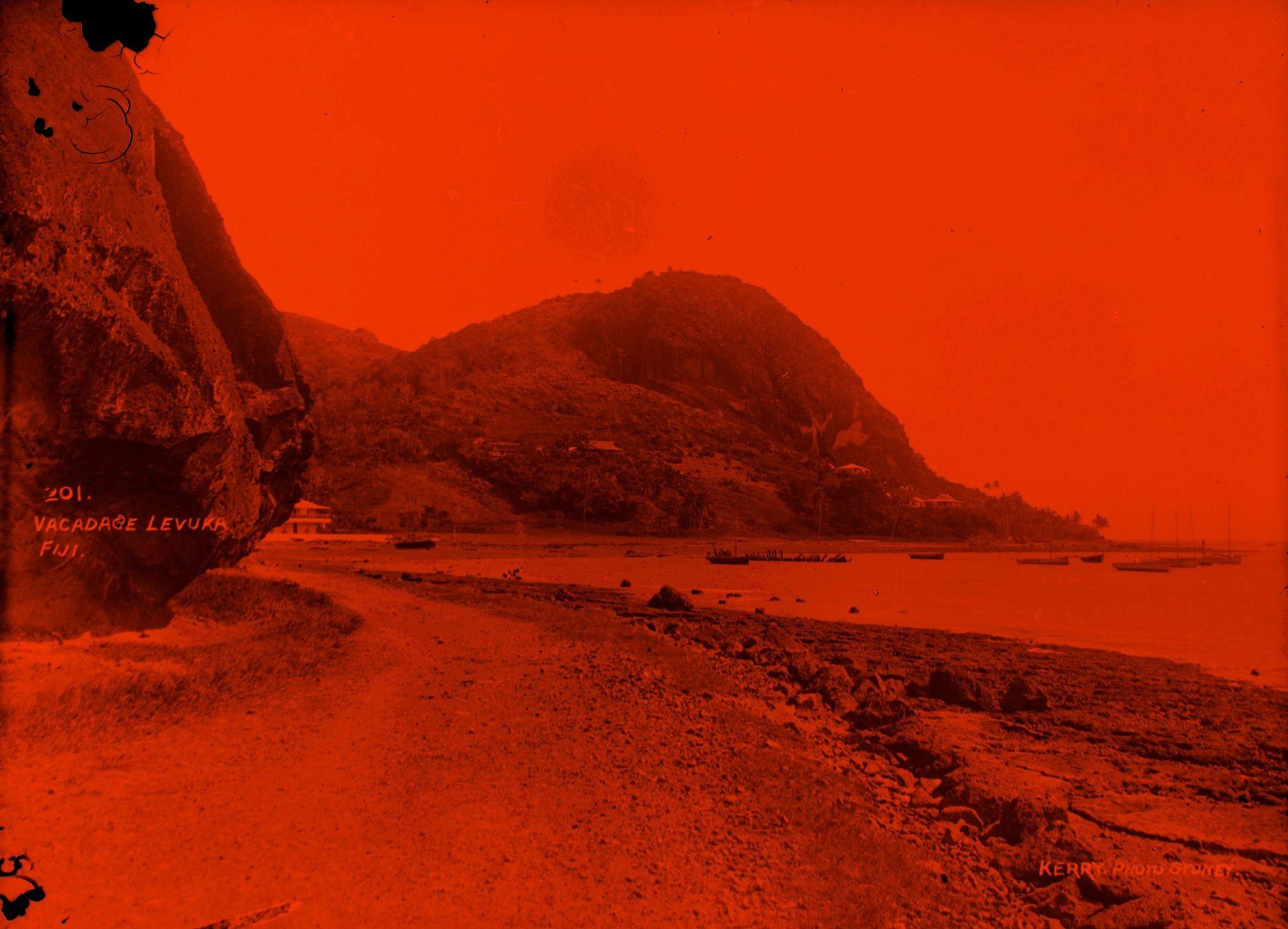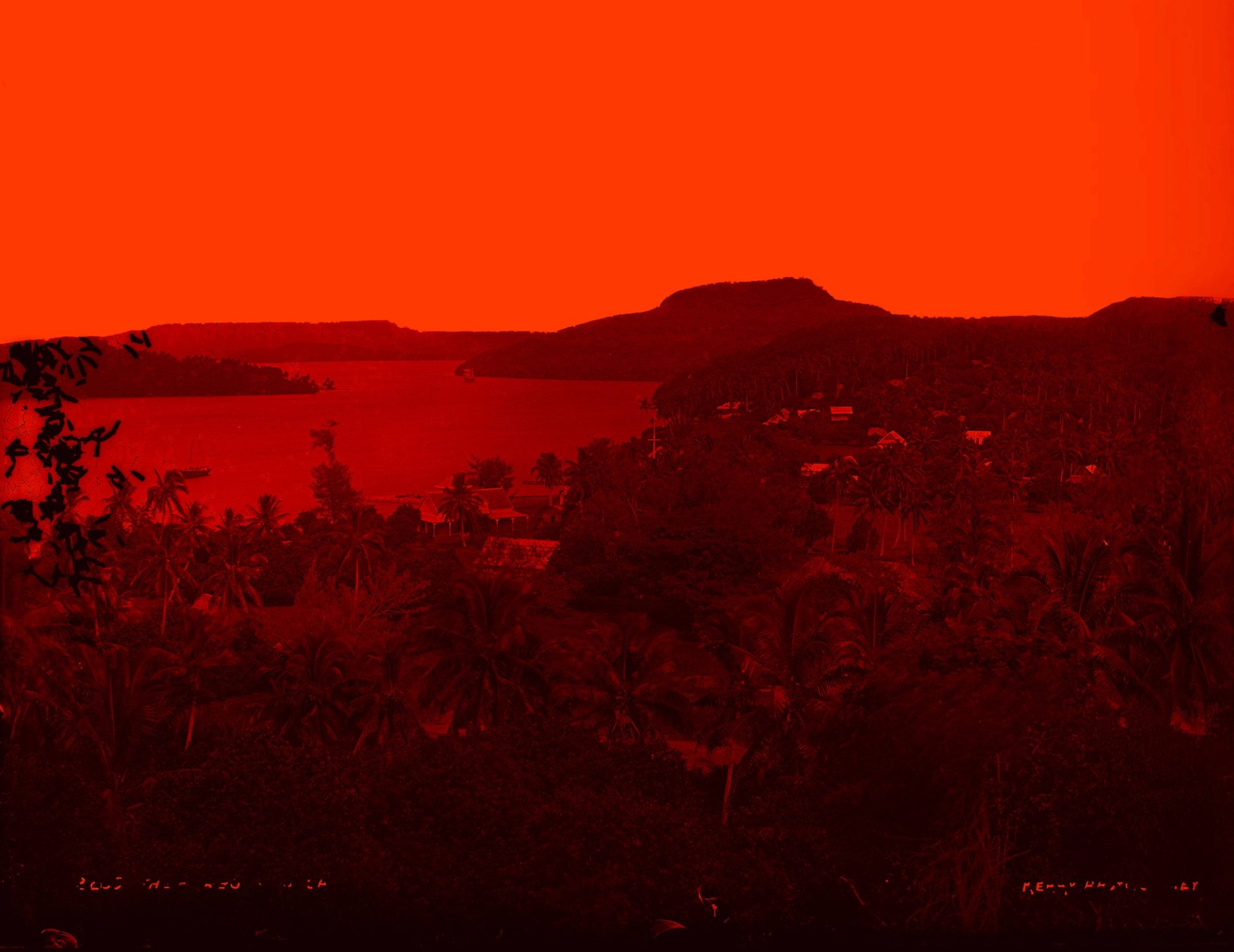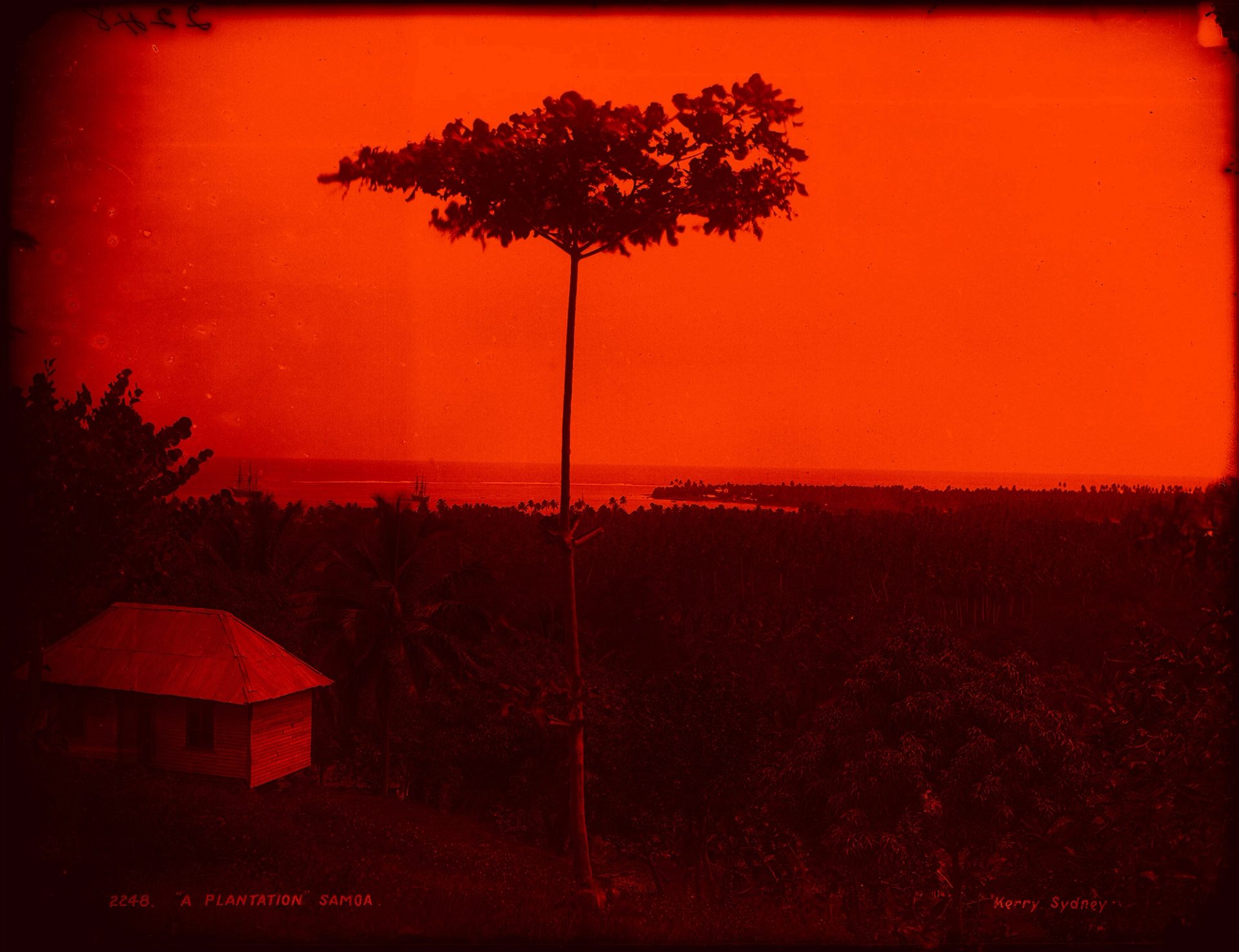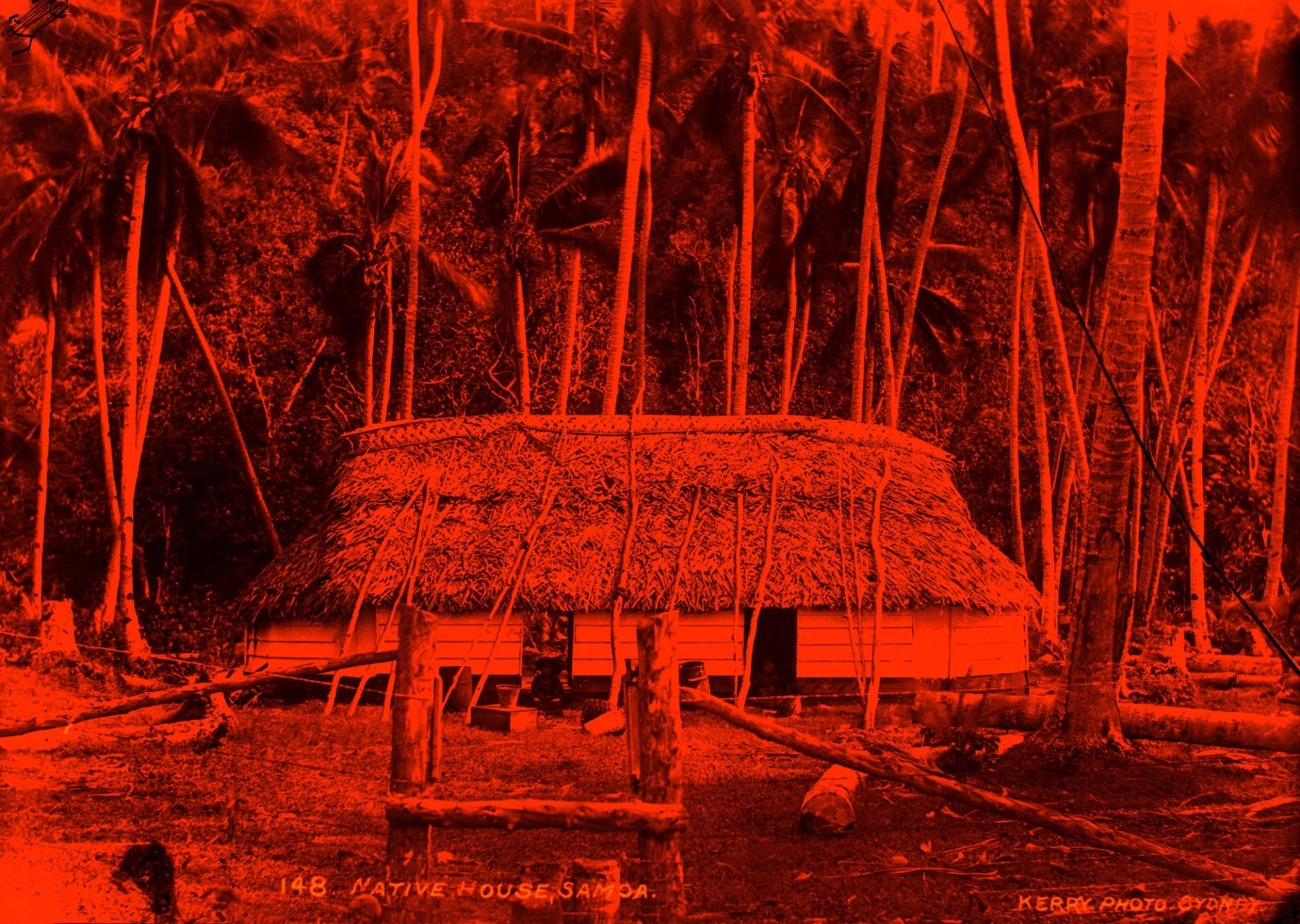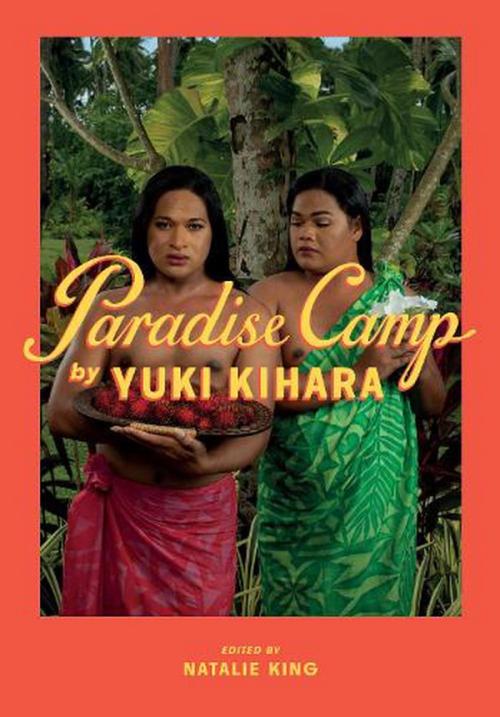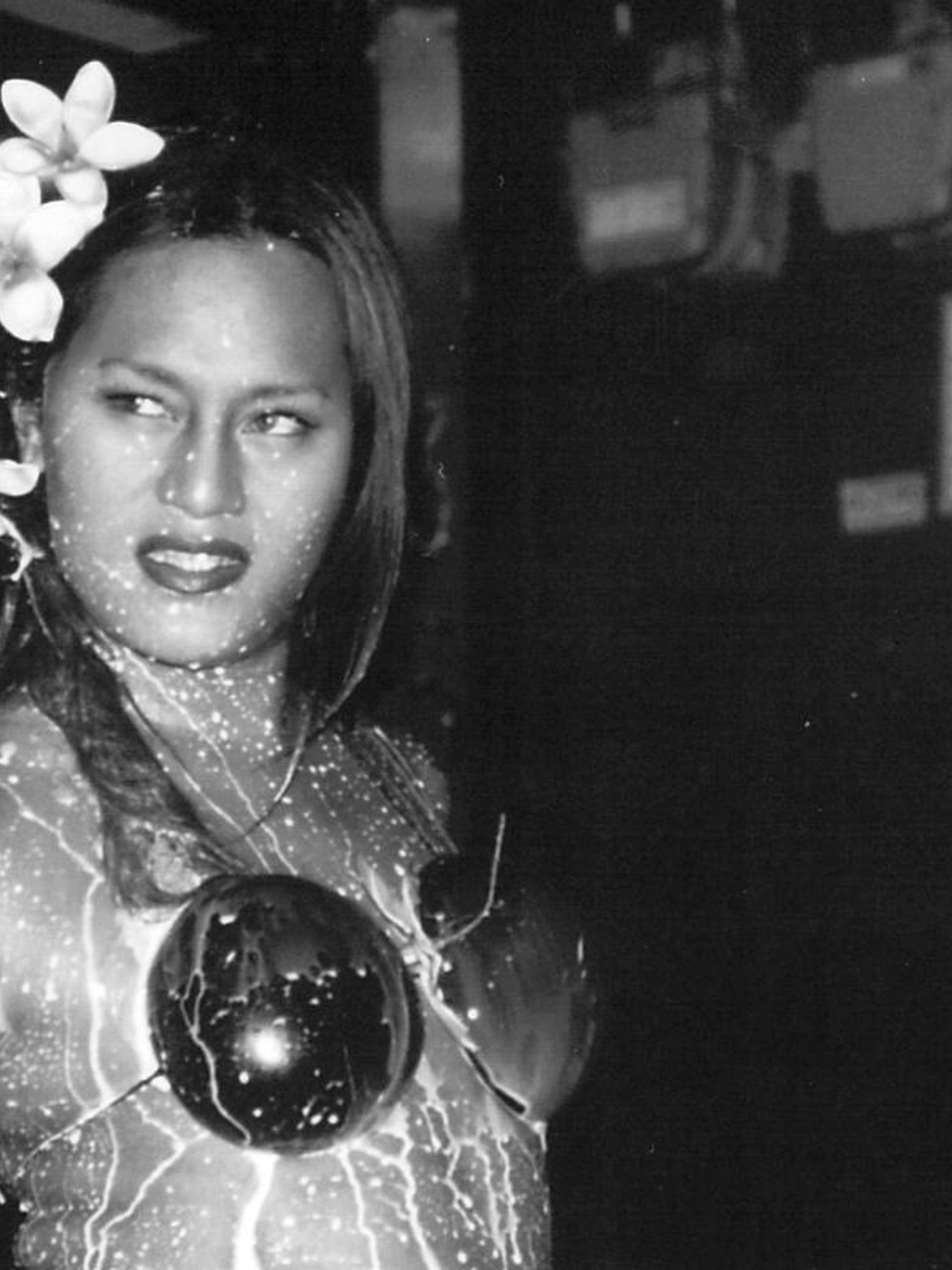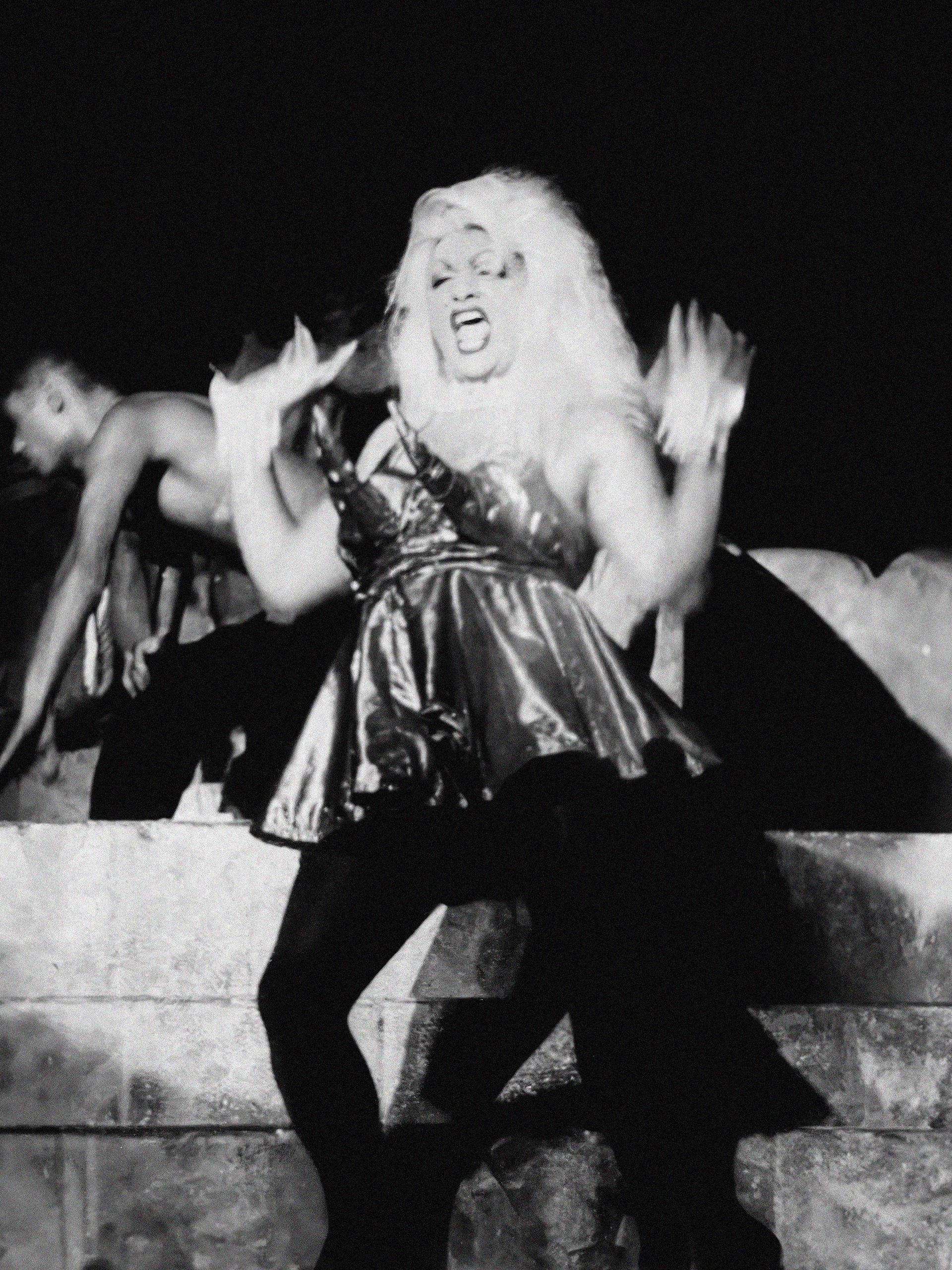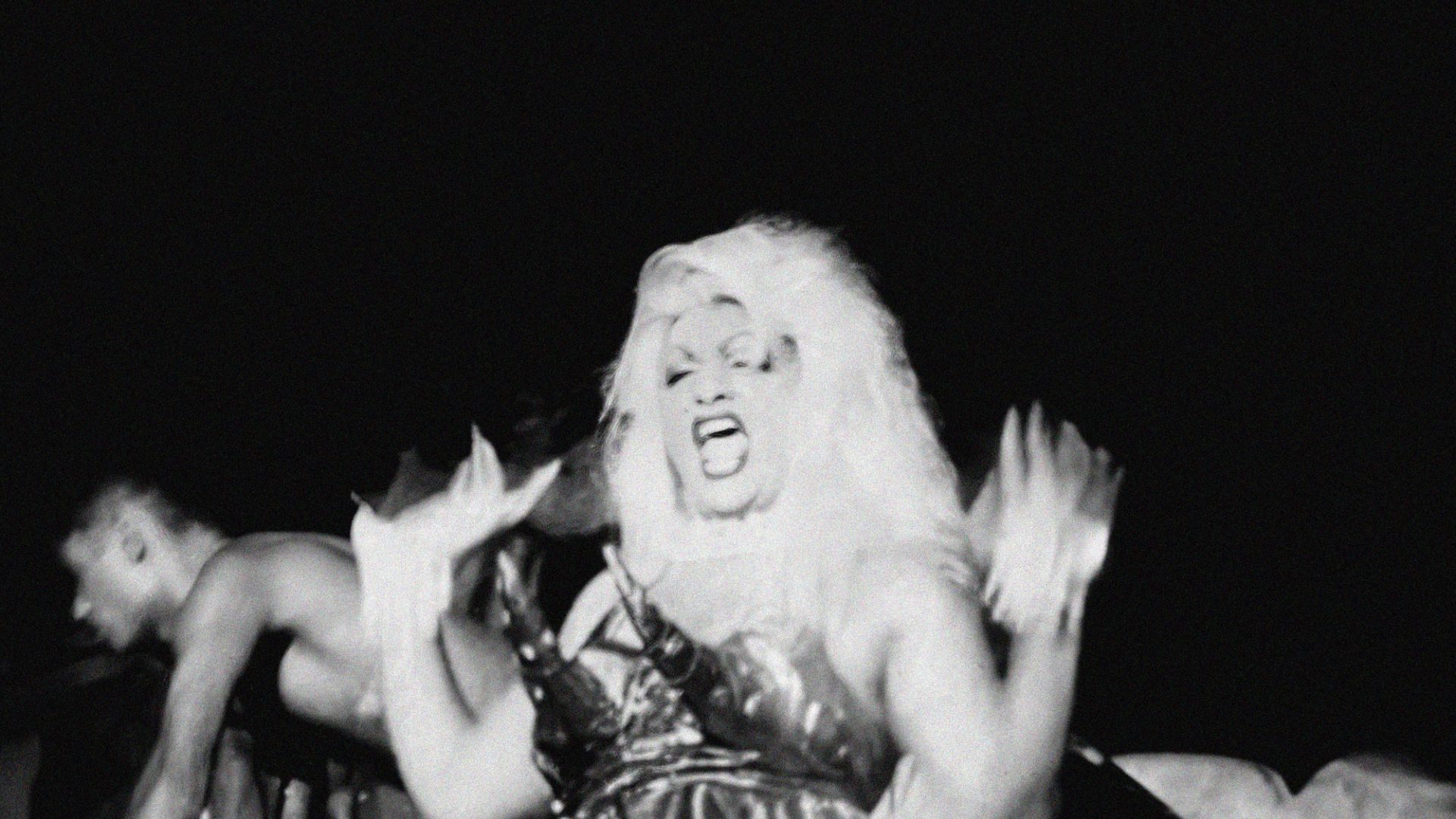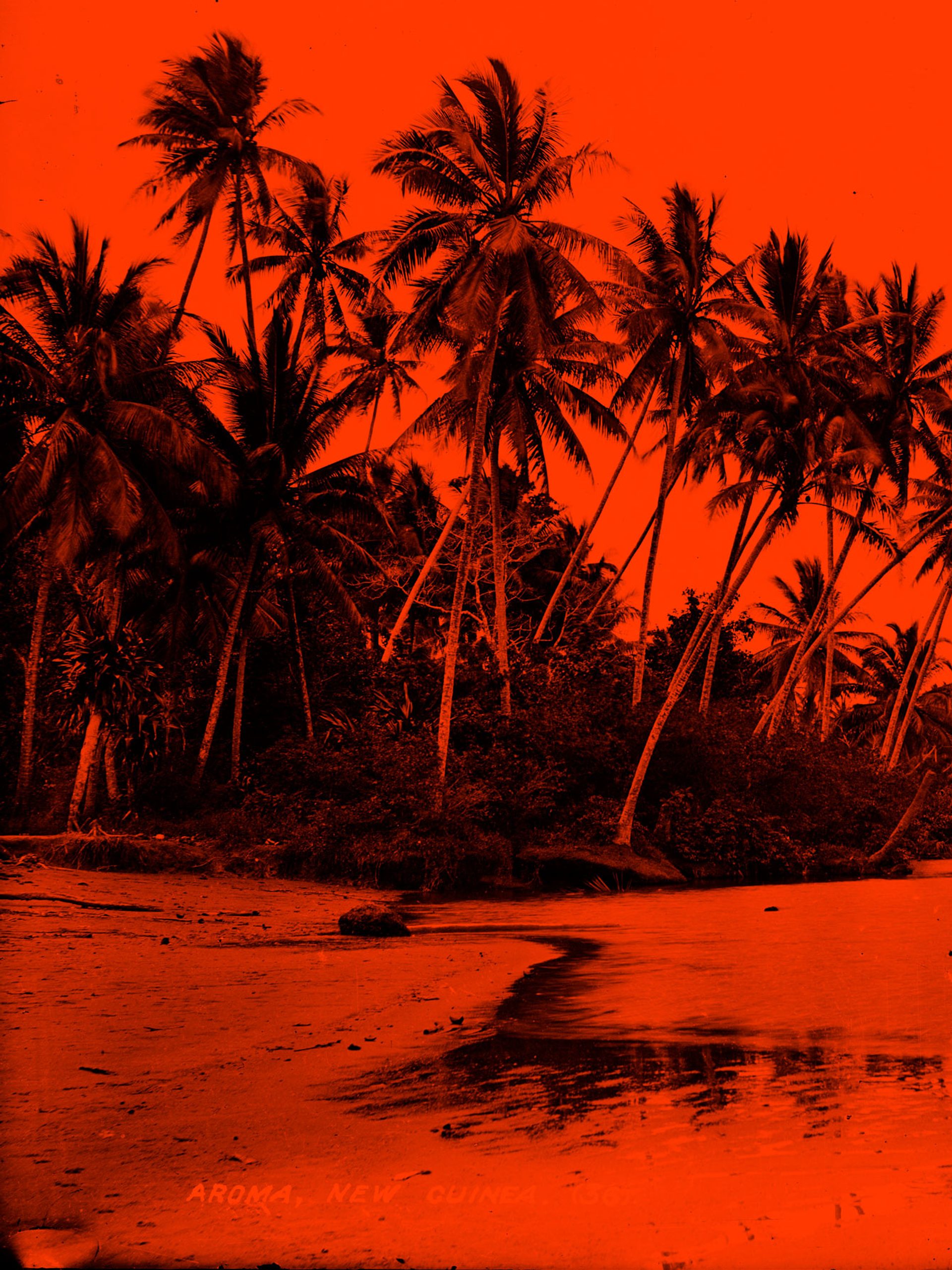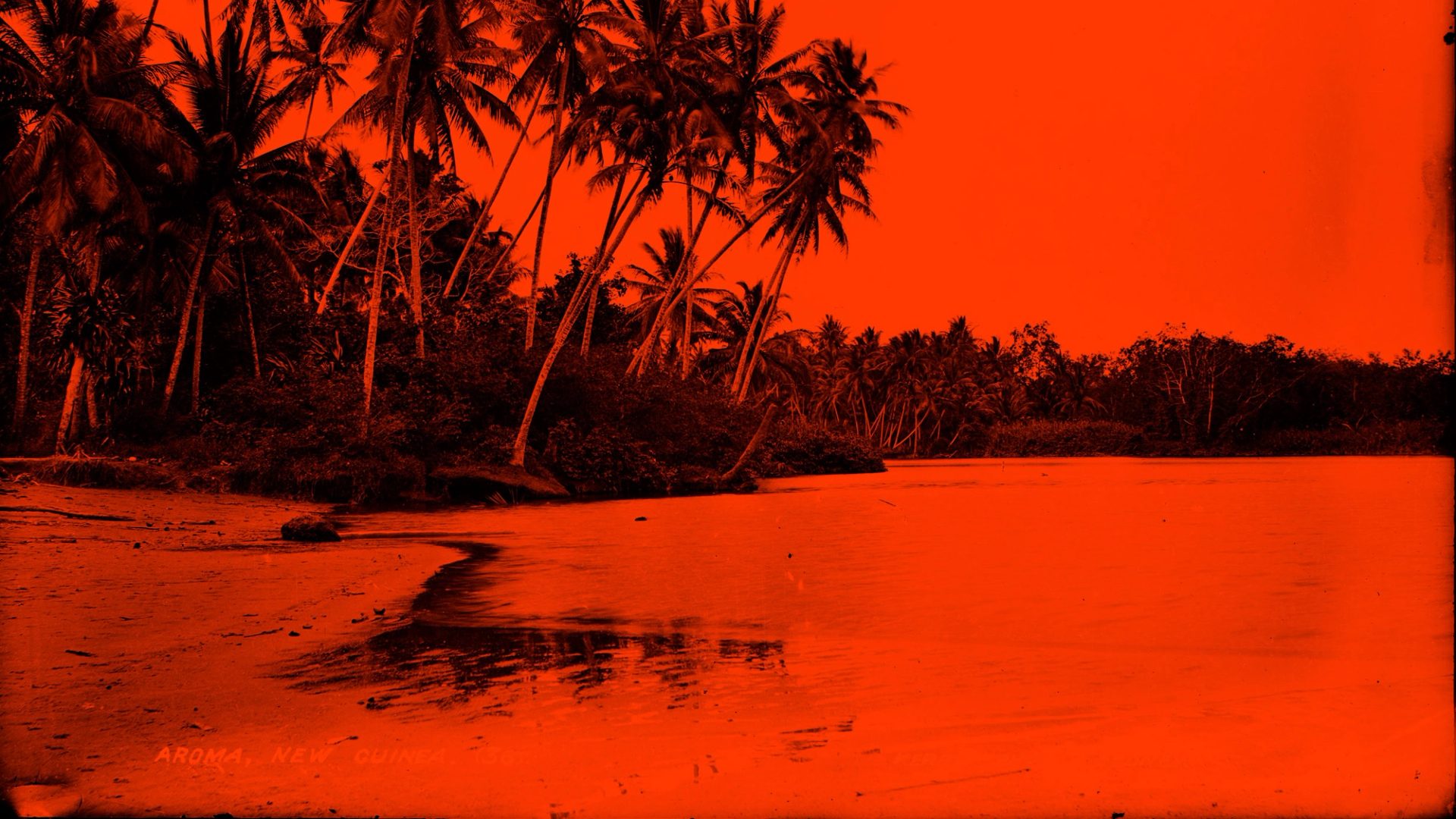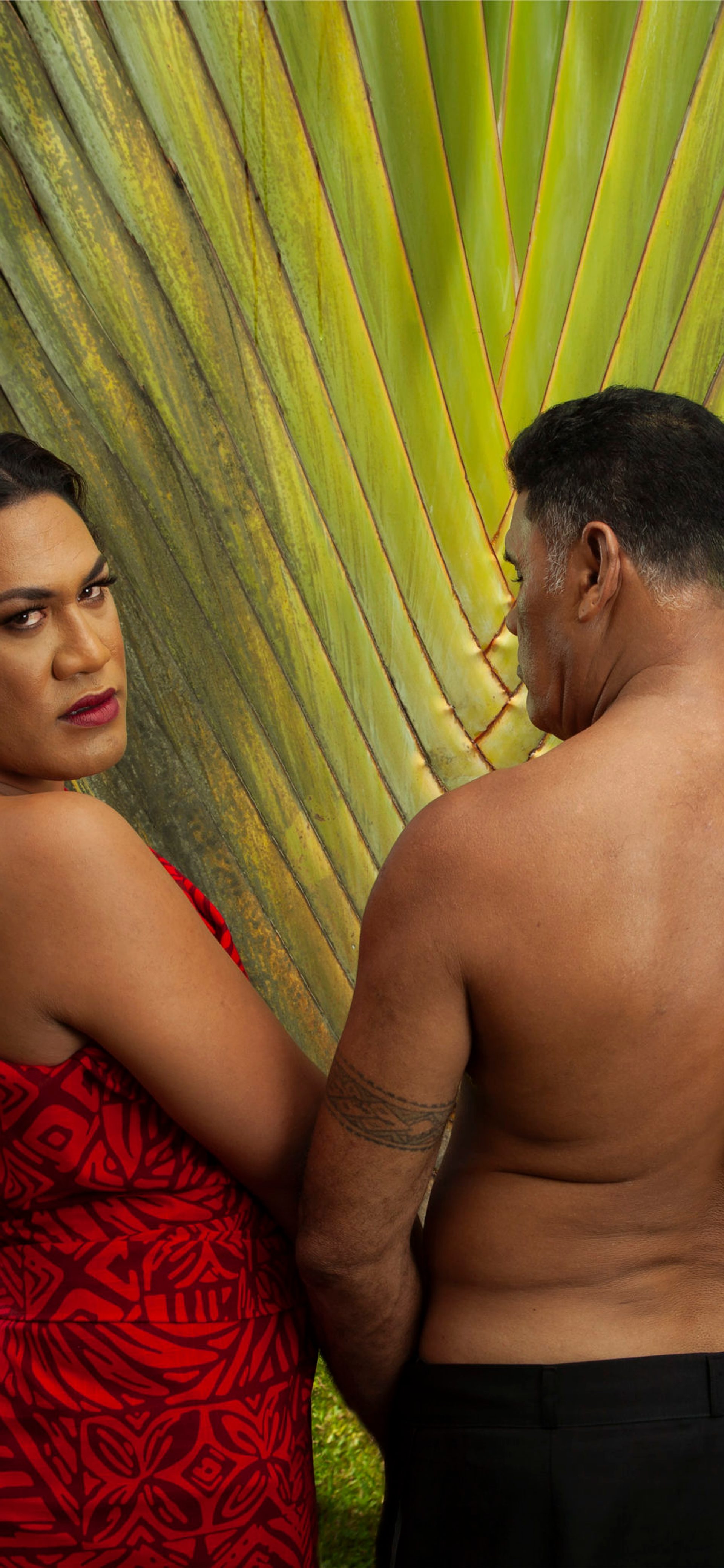
Paradise Camp
Paradise Camp was created by Yuki Kihara and curated by Natalie King. It comprises a suite of twelve tableau photographs in saturated colour, situated against a vast wallpaper of a landscape decimated by the 2009 tsunami. Eleven of the works were shot on location in Sāmoa, from rural villages to churches, plantations and heritage sites, with a local cast and crew of over eighty people.
Yuki Kihara is an interdisciplinary artist of Japanese and Sāmoan descent whose work interrogates and dismantles gender roles, (mis)representation and colonial legacies in the Pacific. She was the first Pasifika, Asian and Fa‘afafine (Sāmoa’s ‘third gender’) artist to represent Aotearoa New Zealand at la Biennale di Venezia.
‘I’m inspired by Powerhouse Museum’s Pacific collections and look forward to presenting new works as part of the Paradise Camp exhibition that questions the idea of modernism as a singular Western heteronormative phenomenon. ’
Kihara’s performative photography upcycles select paintings by post-impressionist French artist Paul Gauguin created during his time in the Islands of Tahiti and the Marquesas between 1891 and 1903. Kihara problematises Gauguin’s outsized legacy by re-enacting his paintings back in the Pacific, paying careful attention to the details of his works. These re-enactments instill a Polynesian inflection to each photograph and are based on strong personal relationships with Kihara’s sitters, all of whom are part of the Fa‘afafine and Fa‘atama communities. Kihara works with these models to represent her own vision of paradise, redirecting the viewer to the concerns of contemporary Pacific Islanders and ‘returning the gaze’ in a profound gesture of empowerment.
Kihara completed an eight-week creative residency at Powerhouse Ultimo and undertook community engagement, including with First Nations artists.















